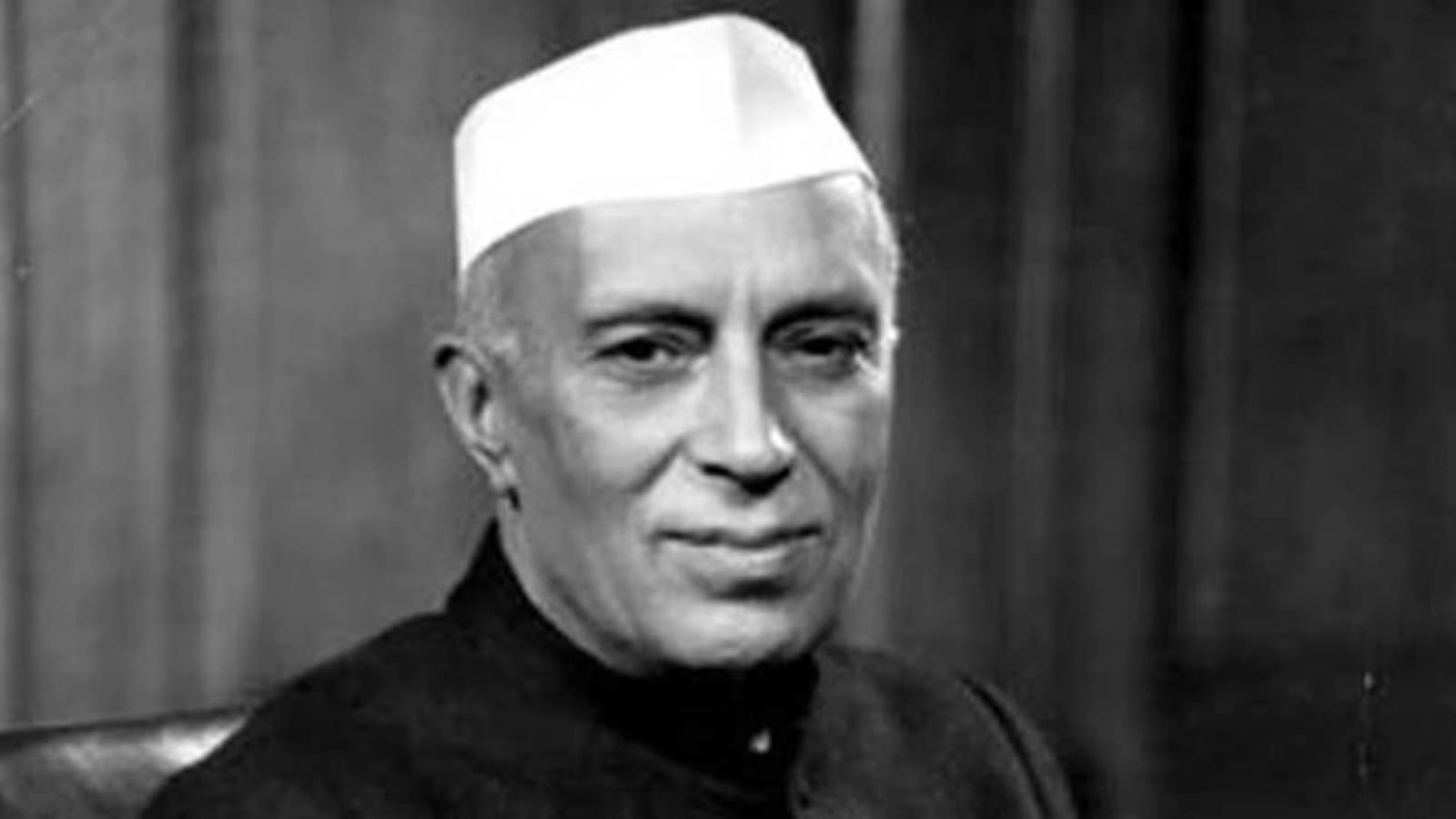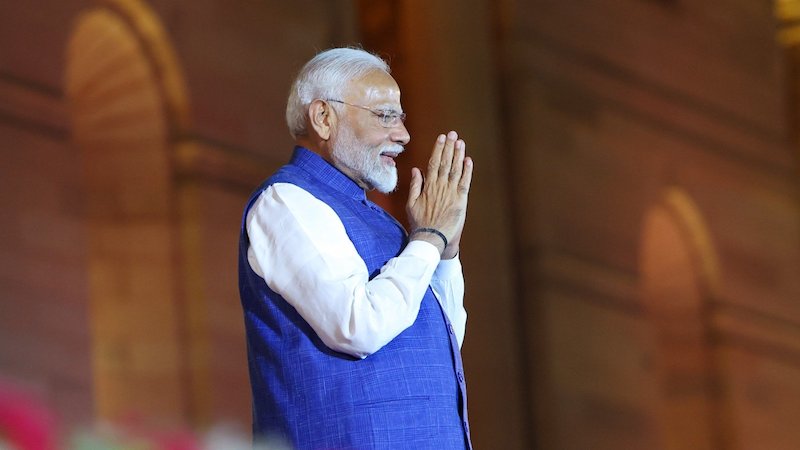

.jpg?w=1200&ar=40%3A21&auto=format%2Ccompress&ogImage=true&mode=crop&enlarge=true&overlay=false&overlay_position=bottom&overlay_width=100)





India's economic growth under Prime Minister Narendra Modi's government has been a topic of debate, especially regarding its impact on the common citizen. A recent critique by Patricia Mukhim in The Shillong Times challenges the government's praise for India's GDP growth, pointing out the stark realities of rising inflation and the unaffordability of basic vegetables in Shillong, with prices soaring to Rs 60/kg for potatoes, Rs 80/kg for tomatoes, and Rs 90-100/kg for onions [a22849de].
Mukhim argues that GDP is an inadequate measure of economic health, referencing Michael Green's Social Progress Index, which emphasizes human needs and well-being over mere economic output. She highlights the growing disparity between reported GDP growth and increasing poverty levels, advocating for a focus on sustainable agriculture and local economic development in Meghalaya [a22849de].
This critique aligns with a recent op-ed in Eurasia Review by Hammad Baloch, which challenges the notion of Modi's economic boom. Baloch argues that the Indian government has manipulated economic statistics, presenting superficial growth figures that mask the real challenges facing the economy, including growing inequality and inadequate job creation [f2a1d114].
In contrast, a comprehensive analysis by The New Indian Express provides a more nuanced perspective, showing that India's per capita GDP increased during Modi's tenure, while it fell during the UPA years. The analysis notes that India's economy lagged behind its peers under Congress leadership but has shown improvement in recent years [b4ecefb5] [6a74fc99].
Despite these challenges, projections indicate that India is expected to become the third-largest economy by 2029, significantly ahead of previous targets set by the UPA government [b4ecefb5] [6a74fc99].
Further analysis by Deccan Herald suggests that GDP growth under Modi and Manmohan Singh was almost similar, with Modi's average growth at 6% for real GDP. However, the analysis also points out that growth did not dip below 5% even during the 'policy paralysis' years of the UPA government [540b088b].
The Federal's recent opinion piece argues that the BJP and Congress have distinct economic strategies, with the BJP focusing on pro-growth policies while Congress emphasizes social welfare. This distinction is crucial as India navigates its economic challenges [e45609cf].
At the recent CNBC-TV18 India Business Leader Awards (IBLA) on December 7, 2024, Union Minister of Commerce and Industry Piyush Goyal emphasized the need for a debate on food inflation, suggesting that food prices should be separated from general inflation metrics. He attributed the current GDP slowdown to the lag effect of the election period and reiterated the government's commitment to women's empowerment and sound fiscal management, contrasting it with fiscal issues faced by states like Himachal Pradesh, Telangana, and Karnataka [30410325].
In a related discussion, Pulapre Balakrishnan's opinion piece in The Indian Express defends Jawaharlal Nehru's economic policies, which aimed to increase income levels in India. Balakrishnan notes that Nehru's policies led to an average annual growth rate of 4% from 1950 to 1965, a significant improvement compared to less than 1% during the British Raj. He argues that agriculture performed well under Nehru, and public sector savings grew faster than private sector savings, contributing to human development in India [36162b2a].
The debate surrounding India's economic boom continues, with various viewpoints contributing to a more nuanced understanding of the country's economic trajectory. The need for a more inclusive economic model that prioritizes the well-being of the common citizen is echoed in Mukhim's analysis, which calls for an education system aligned with local realities and a shift towards ecologically sensitive economic practices in Meghalaya [a22849de].
In conclusion, while GDP growth figures may suggest progress, the lived experiences of citizens indicate a need for a more comprehensive approach to economic development that addresses inflation, poverty, and sustainable practices. The ongoing discussions reflect a critical examination of what true economic health means for the people of India [57c3025a].